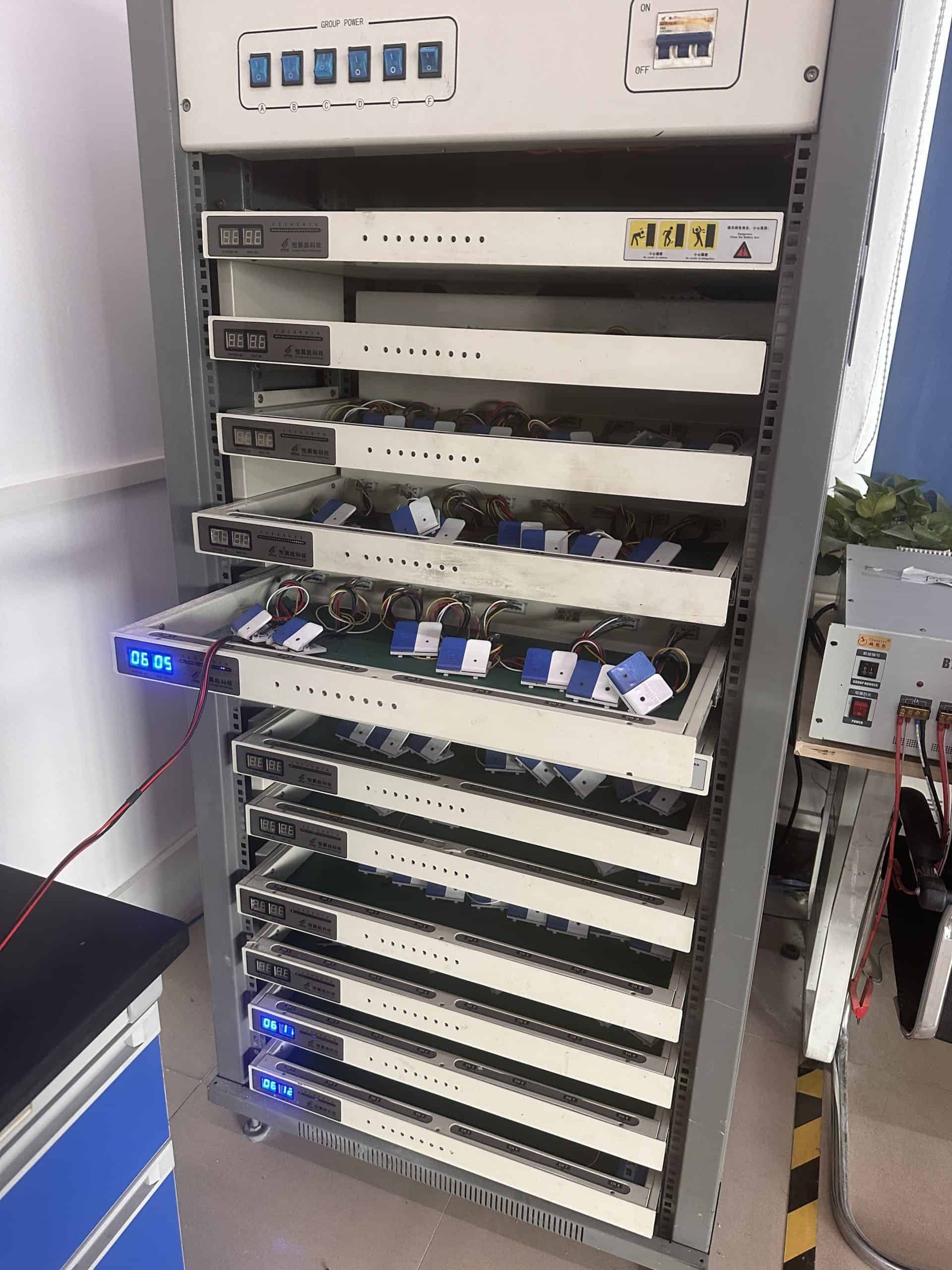- Curved Lithium Polymer battery
- Fast Charge Polymer Battery
- Flexible Polymer Lithium Battery
- Ultra-thin Polymer Battery
/ Blog / Battery Knowledge /
Understanding the Explosive Risk of Polymer Lithium-Ion Batteries
30 Nov, 2023
By hoppt

Based on the type of electrolyte used, lithium-ion batteries are categorized into liquid lithium-ion batteries (LIB) and polymer lithium-ion batteries (PLB), also known as plastic lithium-ion batteries.

PLBs use the same anode and cathode materials as liquid lithium-ion batteries, including lithium cobalt oxide, lithium manganese oxide, ternary materials, and lithium iron phosphate for the cathode, and graphite for the anode. The primary difference lies in the electrolyte used: PLBs replace the liquid electrolyte with a solid polymer electrolyte, which can be either "dry" or "gel-like." Most PLBs currently use a polymer gel electrolyte.
Now, the question arises: do polymer lithium-ion batteries really explode? Given their small size and light weight, PLBs are widely used in laptops, smartphones, and other portable electronics. With these devices often carried around, their safety is paramount. So, how reliable is the safety of PLBs, and do they pose a risk of explosion?
- PLBs use a gel-like electrolyte, different from the liquid electrolyte in lithium-ion batteries. This gel-like electrolyte does not boil or produce large amounts of gas, thereby eliminating the possibility of violent explosions.
- Lithium batteries usually come with a protection board and anti-explosion line for safety. However, their effectiveness can be limited in many situations.
- PLBs use aluminum plastic flexible packaging, as opposed to the metal casing of liquid cells. In case of safety issues, they tend to swell rather than explode.
- PVDF, as a framework material for PLBs, performs excellently.
Safety Precautions for PLBs:
- Short Circuit: Caused by internal or external factors, often during charging. Poor bonding between battery plates can also lead to short circuits. Although most lithium-ion batteries come with protective circuits and anti-explosion lines, these may not always be effective.
- Overcharging: If a PLB is charged with too high a voltage for too long, it can cause internal overheating and pressure build-up, leading to expansion and rupture. Overcharging and deep discharging can also irreversibly damage the battery's chemical composition, significantly affecting its lifespan.
Lithium is highly reactive and can easily catch fire. During charging and discharging, the continuous heating of the battery and the expansion of gases produced can increase internal pressure. If the casing is damaged, it can lead to leakage, fire, or even explosion. However, PLBs are more likely to swell than explode.
Advantages of PLBs:
- High working voltage per cell.
- Large capacity density.
- Minimal self-discharge.
- Long cycle life, over 500 cycles.
- No memory effect.
- Good safety performance, using aluminum plastic flexible packaging.
- Ultra-thin, can fit into credit card-sized spaces.
- Lightweight: No need for metal casing.
- Larger capacity compared to equivalent size lithium batteries.
- Low internal resistance.
- Excellent discharge characteristics.
- Simplified protection board design.
Disadvantages of PLBs:
- High production cost.
- Need for protective circuitry.



